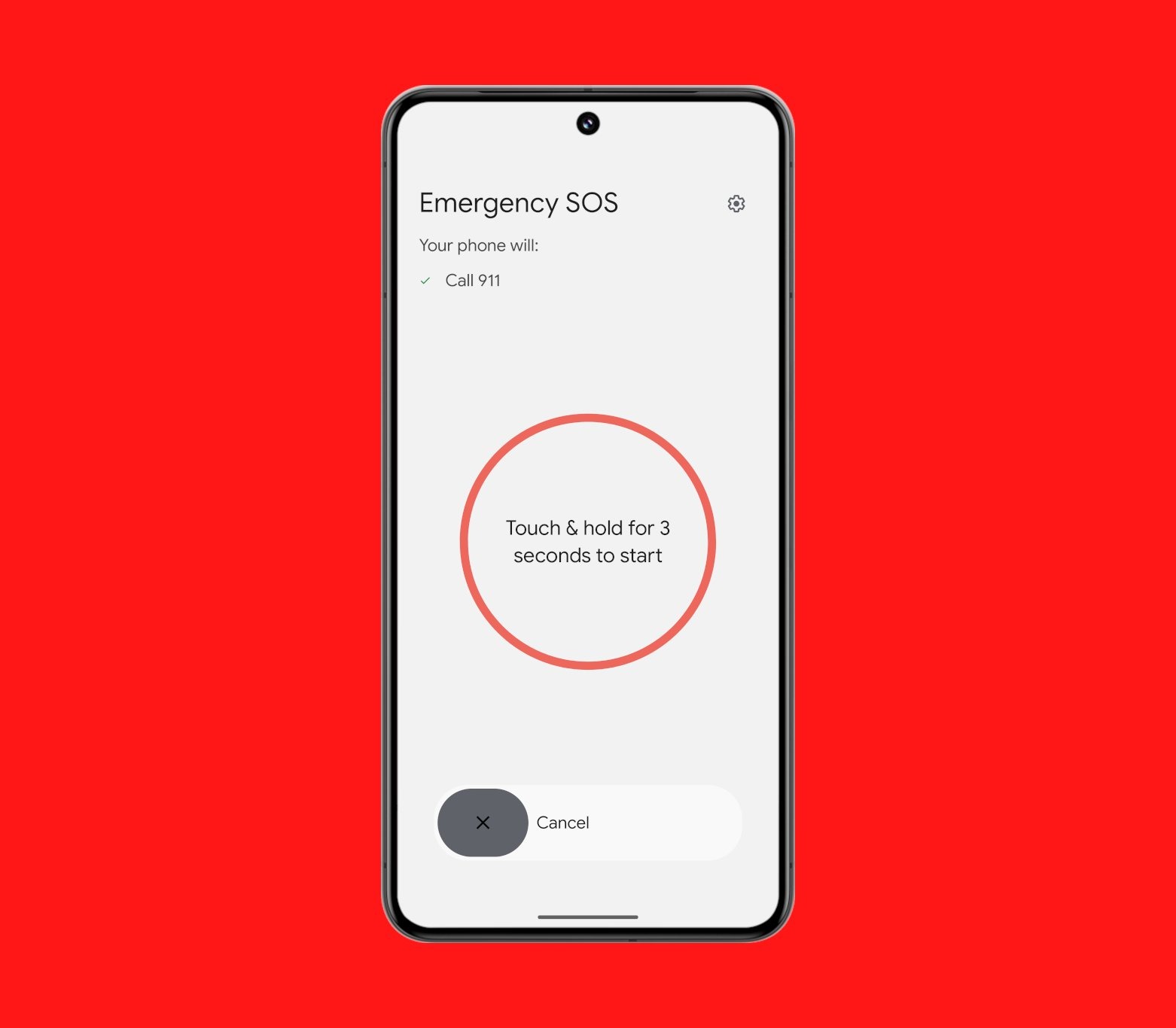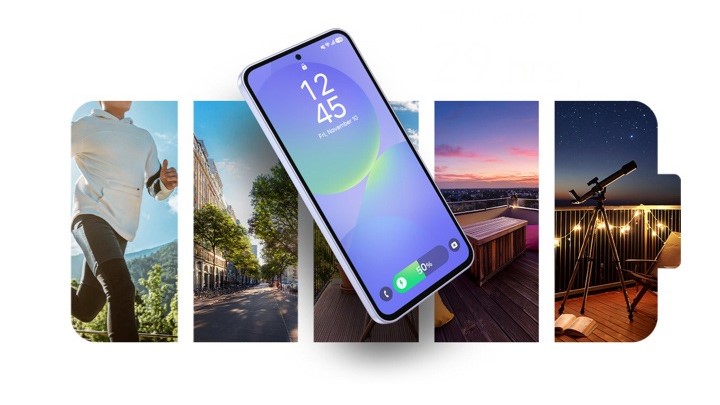Android's Emergency SOS mishap is now a thing of the past
Your Android phone won't be crying wolf to emergency hotlines anymore.

What you need to know
- Google has updated its Personal Safety app to require a "touch and hold" step to send a call for emergency services in response to a spike in accidental calls from Android phones.
- The new "touch and hold" step may help to reduce accidental calls, but it could also make it more difficult to contact emergency services in a real emergency.
- The emergency SOS feature was previously enabled by default on some Android devices, requiring only five consecutive taps of the power button to launch a call.
Android's well-intentioned emergency SOS feature was causing a surge of accidental 999 calls in the UK earlier this year, but Google has now added an extra step to prevent these false alarms.
Android sleuth Mishaal Rahman recently pointed out on X (formerly Twitter) that Google has added an extra step to its Personal Safety app. Now, you'll need to "touch and hold" to confirm that you really want to call emergency services, as shown in the screenshot below.

After rapidly pressing the power button five times, you'll need to touch and hold a button on the screen for three seconds to initiate the emergency call. This new "touch and hold" step is designed to prevent accidental calls to emergency services.
While emergency SOS has been a standard feature on Android phones since Android 12, it's up to OEMs to decide whether it's turned on by default. Some phone brands even have their own special emergency calling features.
The old SOS method on Android phones is meant for quick access to emergency services. However, it led to a flood of accidental calls, also known as "butt dials," overwhelming emergency responders.
Accidental 999 calls have been on the rise in Scotland and several English counties, with silent or abandoned calls taking up valuable time for emergency operators, as they have to make sure it's not a real emergency where the caller can't speak.
Nonetheless, Google's new step for emergency calls is a double-edged sword. While it should reduce the number of accidental calls, it could also slow down people who genuinely need help. It's a tricky balance between preventing false alarms and ensuring quick access to emergency services.
Be an expert in 5 minutes
Get the latest news from Android Central, your trusted companion in the world of Android

Jay Bonggolto always keeps a nose for news. He has been writing about consumer tech and apps for as long as he can remember, and he has used a variety of Android phones since falling in love with Jelly Bean. Send him a direct message via Twitter or LinkedIn.
-
fuzzylumpkin I suspect the choices here are that it's so easy to use that it triggers accidentally, or they prevent it from triggering accidentally and no one who needs it can use it.Reply
This is potentially a very dangerous change. Think of someone in a desperate situation surreptitiously pressing the power button of the device in their pocket 5 times because they have been assured this will summon help and nobody gave them the memo that there is now an onscreen button to touch and hold...
